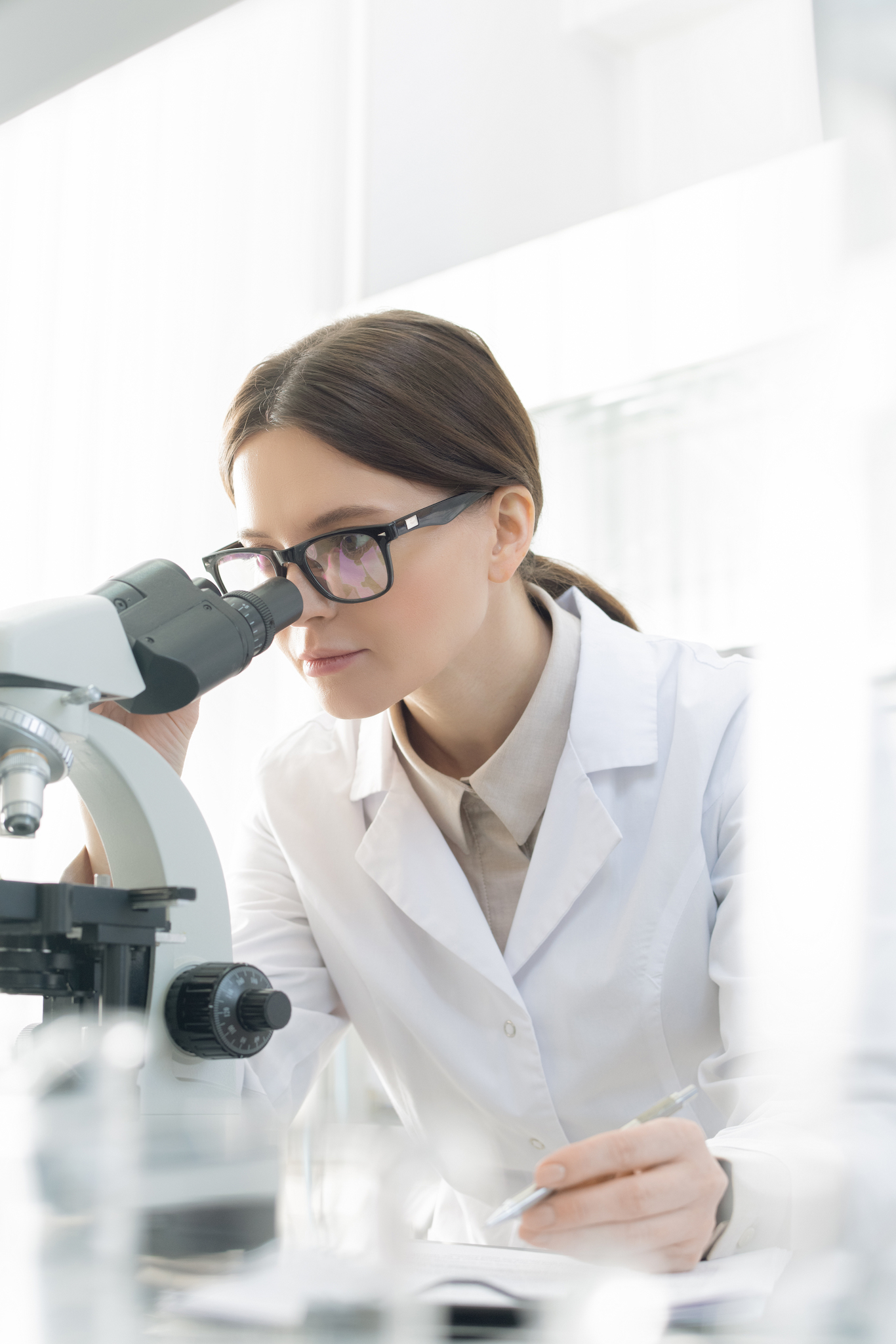What's in the broth? Why did we start teaching people with iron deficiency to cook real soup? Now that you're starting to get ready, it's important to understand why 24-hour...
The MicroBiome
Definitions, procedures, protocols
By holobiome we mean the functional system of cells and commensal microorganisms in the human body. This includes the microbiome, which is the term used to describe bacteria, archaea, viruses and fungi and the genetic material that makes them up all. The commensal microbiome used to be devided into symbiotic and pathogenic organisms, but nowadays it is more commonly used to refer to a healthy (functional) and a shifted (dysbiotic, disease-causing) composition of these organisms.
In the human body, the microbiome is named according to the location of its occurrence, and may refer to a gut, skin or even vaginal composition.
According to the methodology of the interventions, a distinction can be made between transplantation (introduction via a nasogastric tube or rectal cannula) and transfer (using traditional capsules).
Transplantation involves implanting a large amount of bacteria at a time, before which the microbiome in the intestinal tract is eradicated using antibiotics. During transfer, the patient's microbiome is overwritten step by step using a technique called flooding.
Since microbiome is not manufactured, but rather cleaned and concentrated, we are providing you a service and not a product. Actually, you may choose from
A mikrobióma átvitel terápia (MTT)
célja a megbomlott egyensúlyú bakteriális mátrix helyreállítása, a disbiosis megszüntetése, melyet egészséges egyénekből nyert mikrobóma folyamatos, kímélő módon történő átvitelével valósít meg.
Disbiosis
is a disruption of the microbiome-host interaction leading to an imbalance of the bacterial matrix,
which is mainly an unfavourable change in the ratio of microorganisms to each other. Diversity is reduced and the delicate balance between strains is upset at the same time. It is becoming increasingly likely that overgrowth of any bacteria can cause disease, with only the ease of proving cause and effect for what have been called 'pathogenic' microbes. Nowadays, the dysbiosis of the microbiome has been proven to be the cause of many diseases.
In the recent past, a clear correlation has been found between the
- recurrent Clostridioides difficile (formerly: Clostridium difficile) infection (rCDI) (absolute indication, primary treatment)
- enteral (chronic) inflammatory processes (Crohn's disease, ulcerative colitis, IBD)
- type 2 diabetes
- various neurological diseases (MS, Alzheimer's, Parkinson's, etc.)
- certain childhood behavioural disorders (ADHD, autism spectrum disorder, etc.)
- some skin conditions (psoriasis, atopic dermatitis)
- as well as weight problems (obesity, anorexia)
and changes in the pattern of bacterial composition in the intestinal tract, mapped using different genetic methods and algorithms (16 sRNA and shotgun).
Clinicians have also recognised that as a result of
- planned long-term use of antibiotics (e.g. treatment of Lyme disease, eradication of Helicobacter pylori bacteria) or possible medication for specific pathogens
- reducing the risk of diagnostic procedures, surgical preparation and other medical or dental activities
- oncological activities (chemotherapy and radiotherapy)
- exotic travel abroad
- food poisoning
- periods of extreme stress (e.g. competitions, exams, challenges at work)
- or unforeseen, high risk events (accidents or injuries at work)
may permanently alter the microbiome composition of the intestinal tract, which may be a precursor to the development of the above-mentioned pathologies. In these cases, the question arises:
What are the theoretical and practical options for the restoration of the human microbiome, which treatment principles are still valid today and which ones are time to review?
Clinical options for the resolution of dysbiosis
Microbiome interventions are usually divided into non-specific methods (e.g. antibiotic therapy, probiotics, specific diets and faecal microbiota transplantation FMT/MTT) and targeted procedures (e.g. a group of artificial microbes and strain-specific targeted drugs). Given the important role of the microbiome in metabolic diseases, it is considered promising to treat host metabolic disorders with these interventional methods, however, as with all medical interventions, all procedures have their own benefits and come with varying levels of risk. Given that the clinical relevance of targeted therapies is still negligible today, we will discuss non-specific procedures for treatments.
Antibiotic therapy
The most widely known, studied and used method. In addition to its indispensable role in saving lives, its importance is now greatly diminished due to overuse. Its effectiveness in the treatment of chronic diseases, pathologies associated with dysbiosis or imbalances in the bacterial matrix is marginal.
Drawbacks
- limited spectrum
- increasing resistance
- rising costs
- reduction in life-saving effect due to resistant strains
- "exhaustion" of nature's own defence mechanisms
Probiotic use
Despite its safety, there are now many more arguments against the use of probiotics than for it. The clear disadvantage of laboratory preparations containing mainly Lactobacillus, Bifidobacterium and Akkermansia muciniphila is that they attempt to restore a low-diversity gut flora by introducing at most a few tens of strains. Understandably, this fails to restore diversity and therefore function.
Drawbacks
- the effectiveness of introducing anaerobic species is questionable
- only strains that can be propagated under industrial conditions can be introduced
- use of arbitrarily selected strains instead of a working matrix
- causes ecological desert, disbiosis
- may make it impossible for 'wild' strains to reappear
- does not take into account the requirement of proportion of each strain to the other
Microbiome transfer
The transfer of lyophilizate prepared by filtering of intestinal bacteria from healthy donors is currently the most complex method, but also the most difficult to standardize. Based on the key-lock theory, for each disease there is a bacterial composition that may be effective in treating the condition, but the constant variation in the donor and recipient microbiome makes it difficult to find a donor that meets the patient's microbiome requirements. Big data and the growing number of microbiome banks can provide a solution.
Drawbacks
- low number of suitable donors
- need to follow up donors
- costly to produce
- application requires experience
- use for many diseases is still in the experimental phase
When antibiotics are used, bacterial strains are more or less affected according to their sensitivity/resistance, but it is now clear that some species do not reappear in the intestinal tract after therapy. Industrially produced probiotic formulations, often containing 10-15 strains, are by definition unsuitable for restoring diversity. Taking all its drawbacks into account, MTT is therefore the most natural intervention with the lowest long-term risks as far as we know.
MTT in the therapy of Clostridioides difficile
Embracing Microbiome Transplantation in the therapy of C. difficile infection offers a promising paradigm shift, demonstrating superior efficacy in resolving recurrent infections while promoting the restoration of a healthy gut microbiome. MTT's potential to provide sustained relief, reduce antibiotic dependence, and improve patient outcomes underscores its significance as a cutting-edge therapeutic approach in the fight against C. difficile infections.
Read Our Blog
Over the years, knowledge about the human microbiome has exploded. At the same time, it is very difficult to filter out from the mass of information available the clinical trials, summaries and presentations that have a real and tangible relevance in the treatment of patients. From the 1st of December 2023, we will attempt to collect these writings in our Blog.
Antibiotics-like effect of the microbiome
Can microbiome transfer replace antibiotics over time? Can the microbiome have an antibiotic-like effect? This question has become timely following an experiment at the Salk Institute. The research team has...
MicroBiome, Inflammation and Ageing
A team of researchers at McMaster University (Canada) recently confirmed previous observations that the composition and amount of mycobacteria (gut bacteria) in the large intestine changes with age. This process...
Get in Touch
2 Brandon Road
Braintree, Essex
CM7 2NL
United Kingdom
+36 70 311-9719






